The part is a 345mm x 60mm spice rack that mounts to the inside of our pantry door.
About 7 years ago, I made four spice racks out of wood and painted them to match our cabinet door. Wear and tear (and kids) have resulted in them getting glued back together multiple times. I finally gave up, modeled the design, and have been printing replacements in PETG as they fail. So far they’ve been holding up a lot better. They’re also a touch deeper than my original wood design, so they can fit the round spice island containers more easily.
In the past, I had to print these in two halves on my i3 clone (a Monoprice Maker Select Plus, which is a rebadged Wanhao Duplicator i3 Plus). Now that I have a printer with a 350 mm^2 bed, I thought I would see if I could print the rack in one piece. My single ASA attempt was an epic fail due to warping, but the PETG print went very smoothly with very minor lifting. I’ve read others say PETG does not like enclosures, but I’ve printed a number of PETG parts with my Voron fully enclosed and they’ve come out very well. I struggled with PETG warping on larger parts with my unenclosed i3 clone.
Here are a few photos comparing a rack I printed on my i3 clone to this one. The print quality is quite a bit better, but now that I have a higher ceiling to shoot for I’m realizing I have a further to go on my tuning journey. I will say that I never noticed things like the Slic3r buldge, that’s also present in Super Slicer, until now.
I personally find it helpful to see other’s prints under unflattering lighting, so with that said…
Somewhat flattering lighting (eg ambient)
Voron:
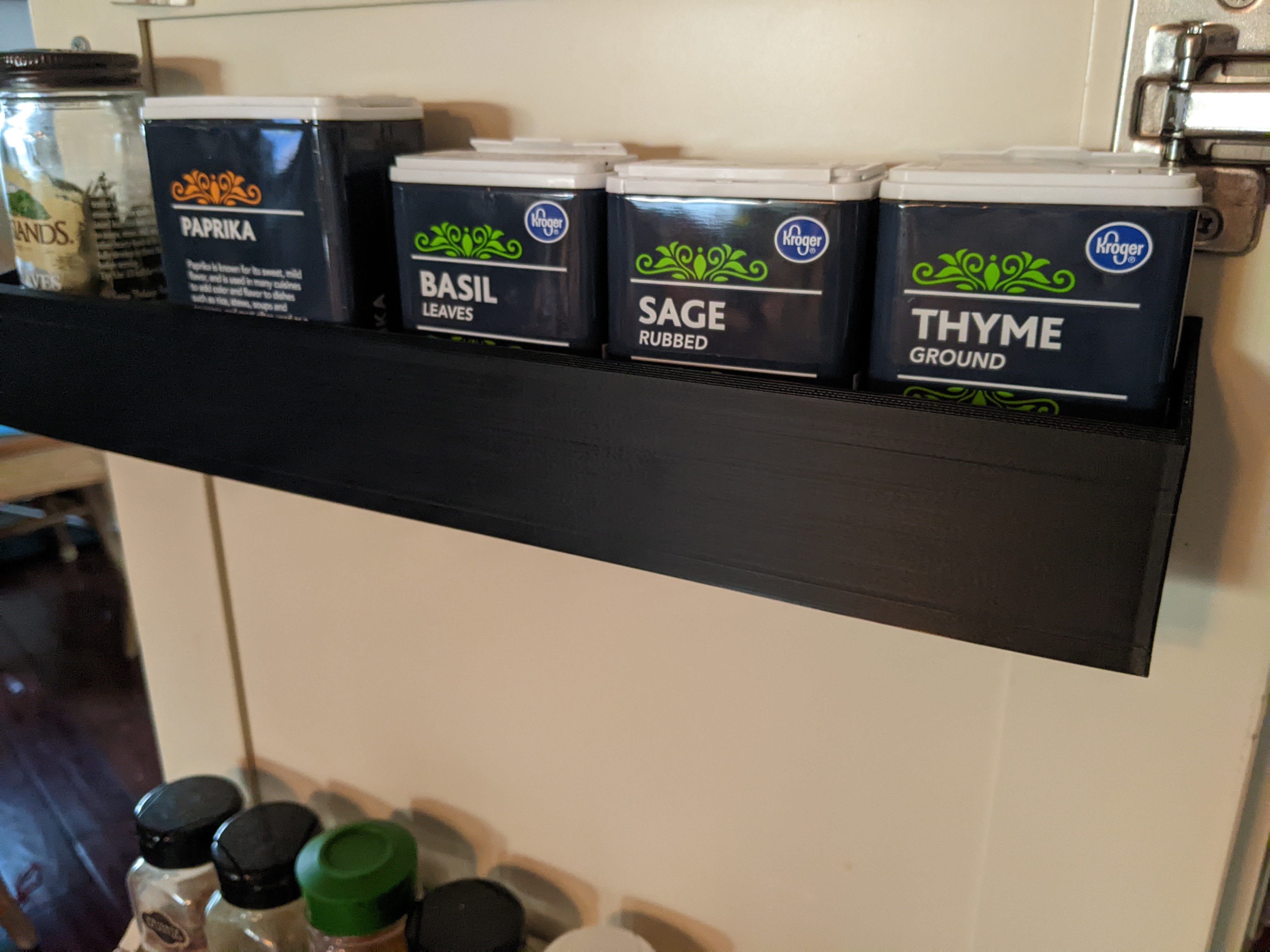
i3 clone:
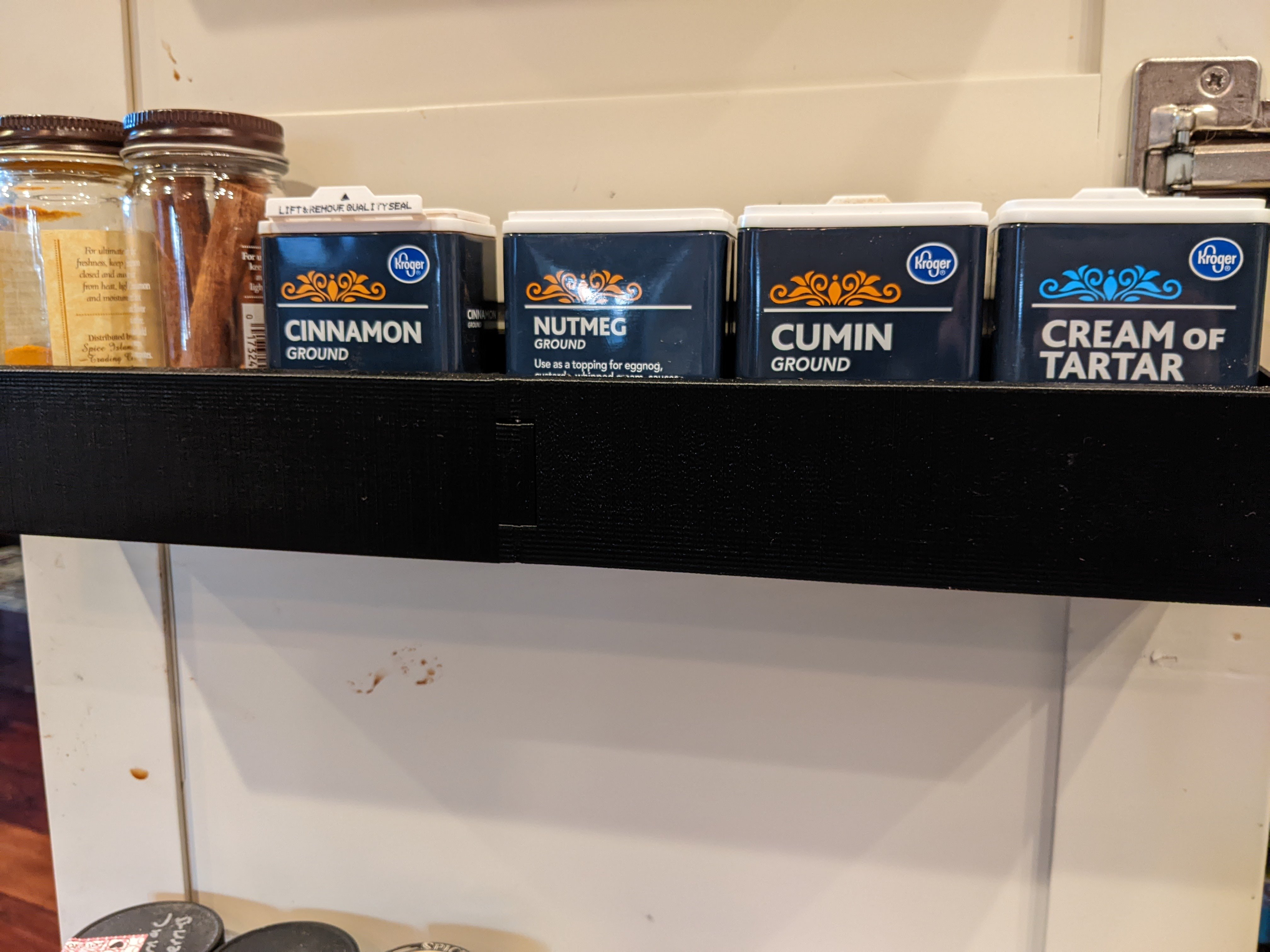
Direct light, provided via a flashlight, perpendicular to the surface
Voron:
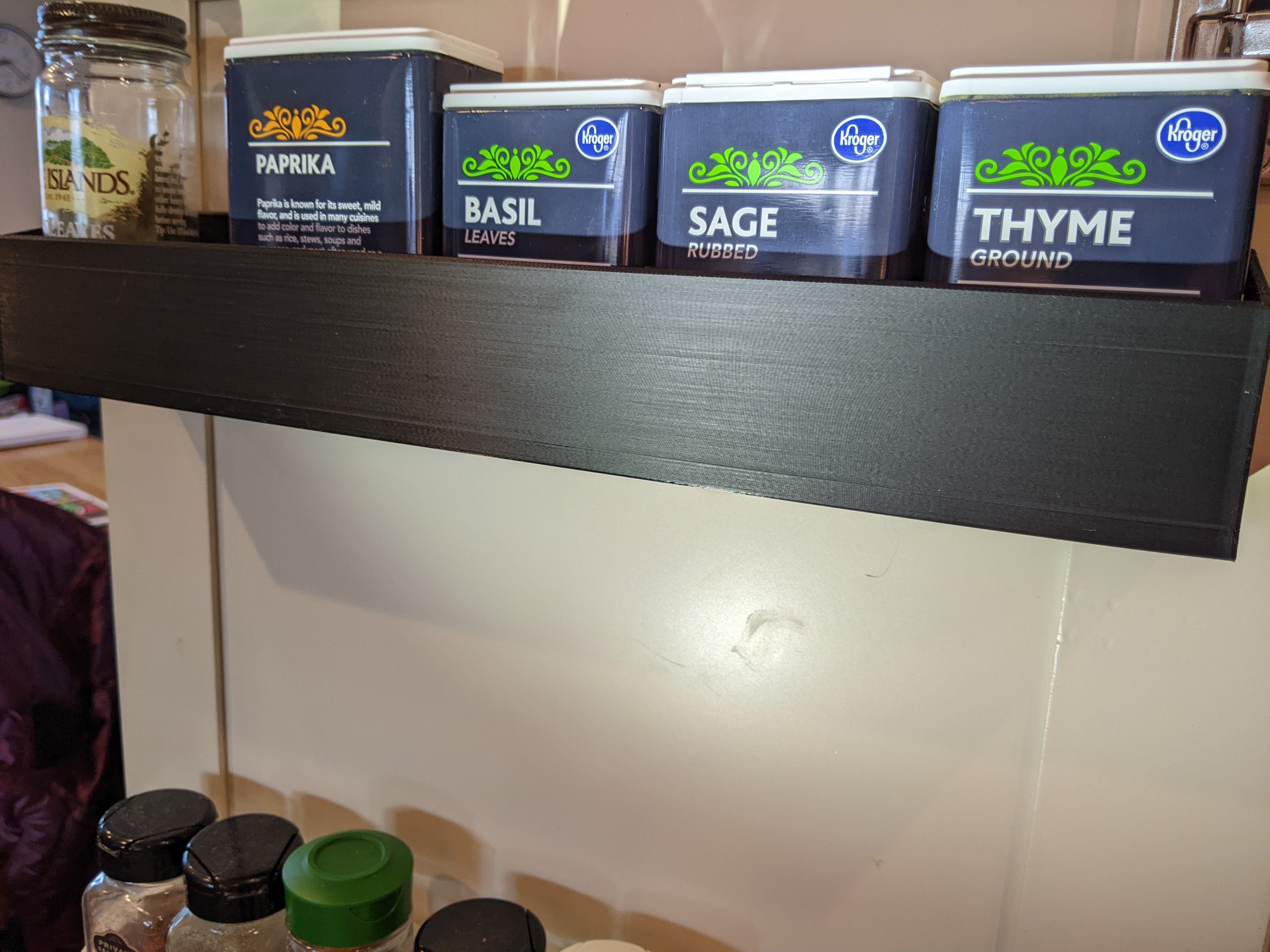
I3 clone:

direct light, provided via a flashlight, nearly parallel with the surface
Voron:
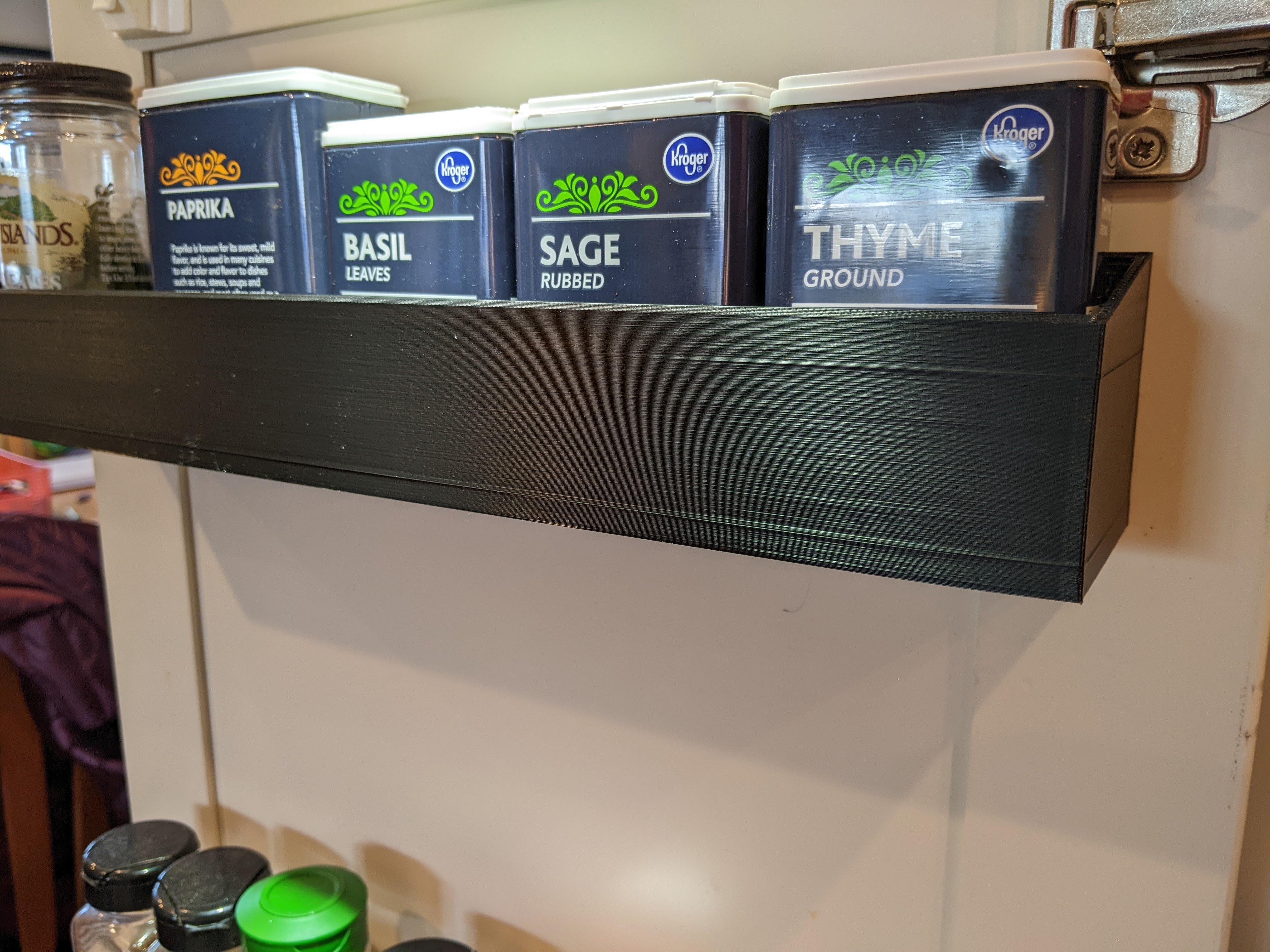
i3 clone:
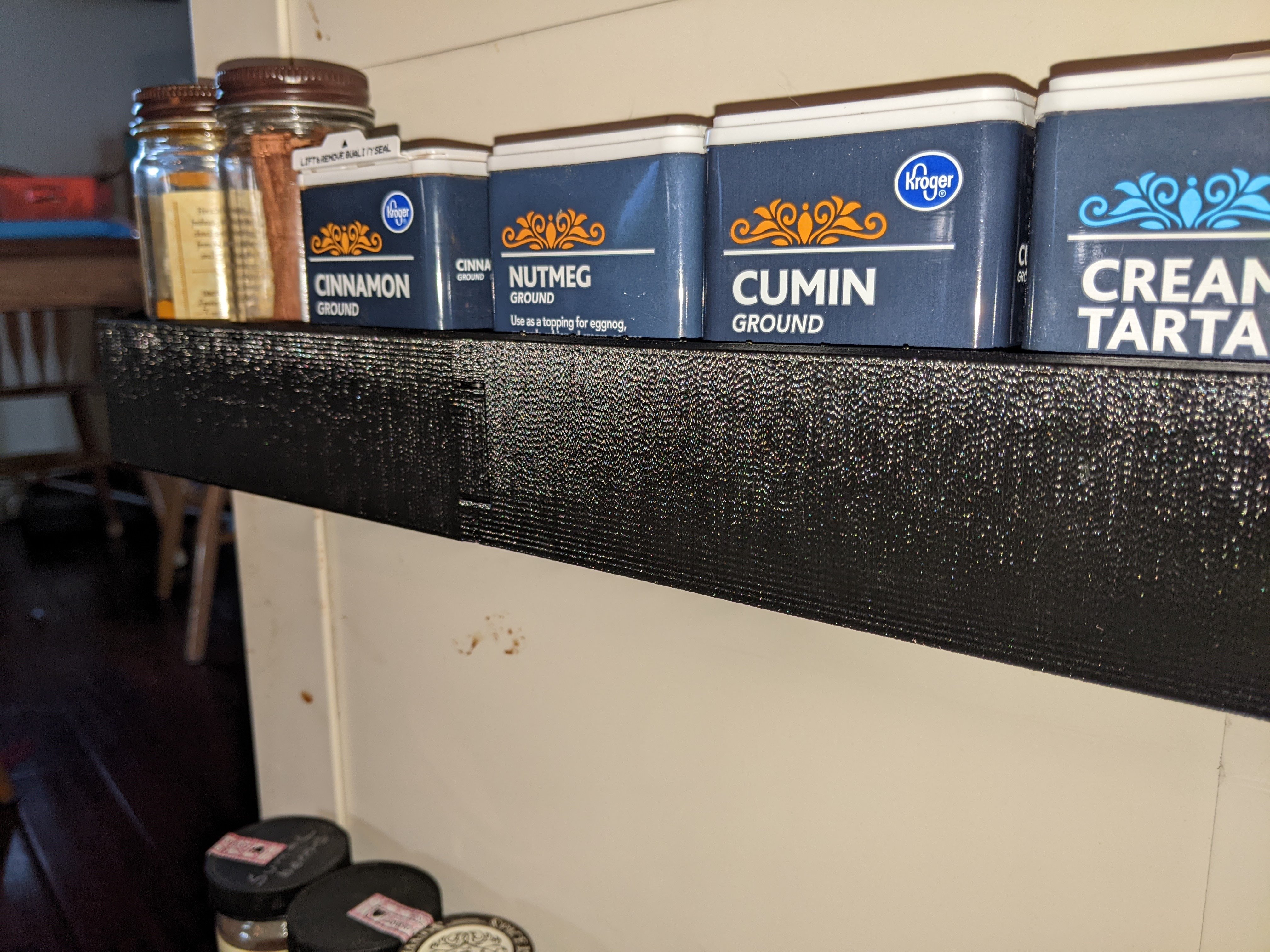
Bonus photo of my ASA attempt
Sadly, I forgot to change my print temp back from 250 to 240, so there’s quite a bit of wispy stringing. I suspect the print would have separated from the bed anyway. Any pointers here would be appreciated. The bed was clean (soap + water), was at 100, I let the printer heat soak for about 45 minutes with the filter going full tilt, first layer squish was solid good, smooth PEI (the textured side seems to have prints come loose more easily).
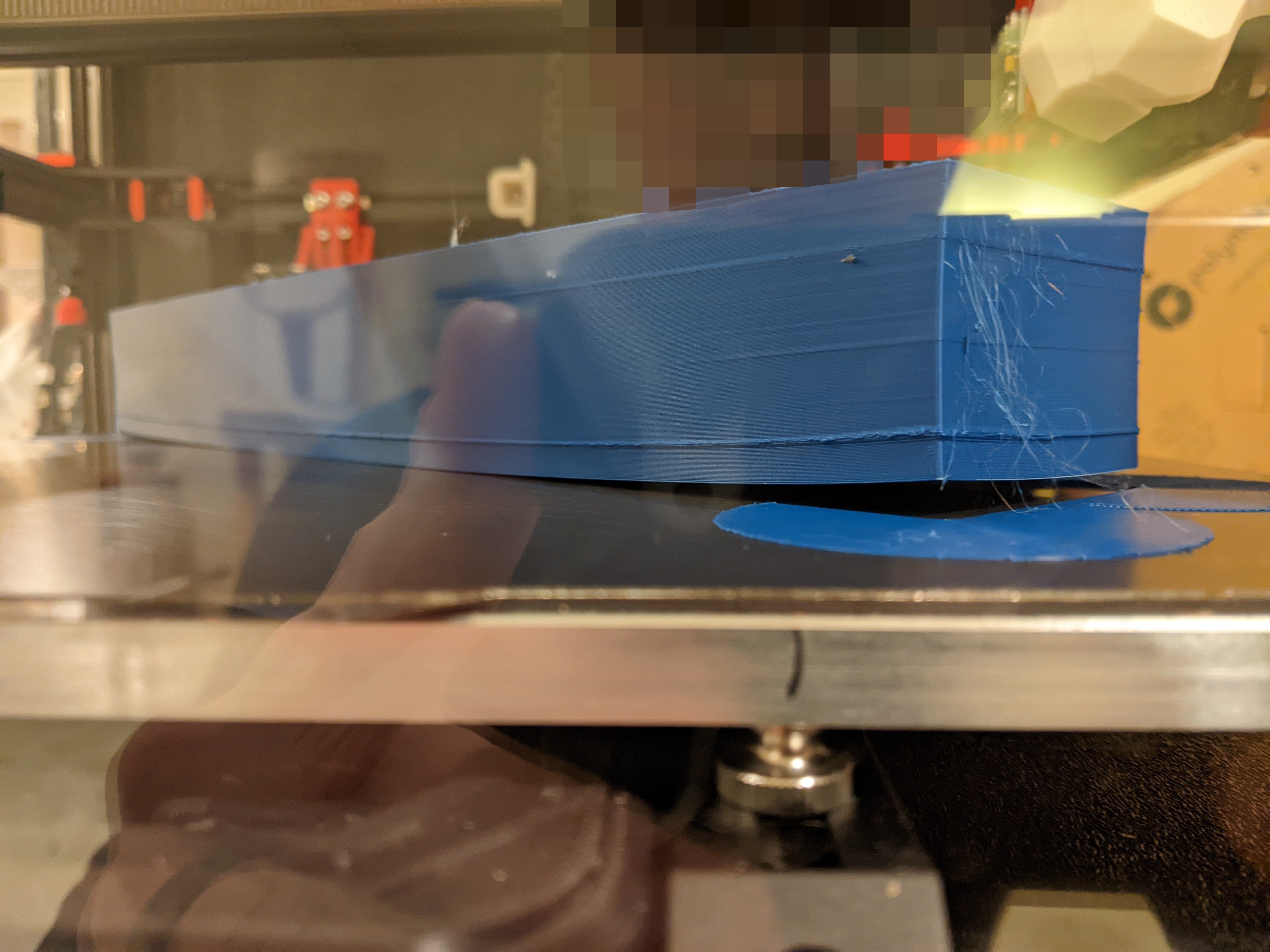


I swear by Buildtak surface for abs and also really like their nylon surface. Its enabled me to do brimless prints on both of them with no issue. The downside is it’s a consumable and runs about 50 cad for the 350 mm^2 v2, I can get multiple for my mk3s for the same price, have also swapped from the satin plate to buildtak for abs on that.
I also totally recommend Ellis’ superslicer profiles for the v2, there’s profiles all they way up to uhf+cht flow rates and there’s 45deg versions of all of them which as was pointed out does often make the edges look a bit nicer
With all that though, abs can be tough for larger objects and you really should have a heated chamber in that case, I tend to go petg for those parts where I don’t need high temp
Huh, maybe I’ll have to see if I can grab some buildtack. But before I do that I probably need to get my chamber temps up. The last thing I want is for the bed to get pulled up with the print. I do have 2x bedfans, so I’ll probably add two more. I also don’t have a chamber thermostor.
My profile is pretty close to Ellis’, including the 45 degree part orientation - not that I have a ton of choice there with parts this size, lol.
For sure, I couldn’t do 45 degree when I was printing a nevermore max, for the life of me I couldn’t get it to print nicely in abs. I’m planning to do some upgrades soon so I’m also going to up my bedfans to 4.
Do you have a toolhead PCB? A lot of them have a temp sensor on them, using that to monitor chamber temps.
I don’t have a tool head PCB. If/when I go CAN I’ll convert over. I made sure I have an inline connector for every group of wires going into my Stealthburner, so it’s still fast and easy to swap. That is probably where I’ll put the thermostor though. I’ve also used my hot end. Just leave it cold and it will read a delayed chamber temp.